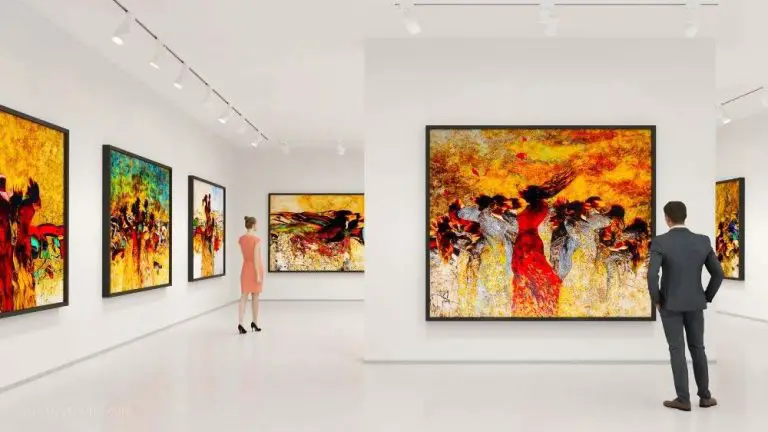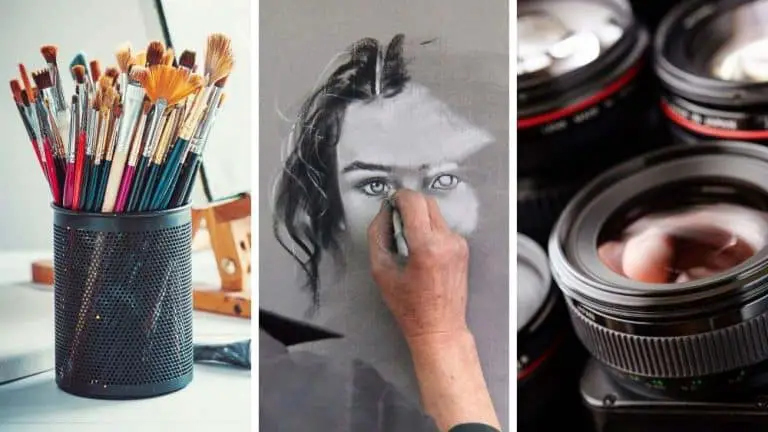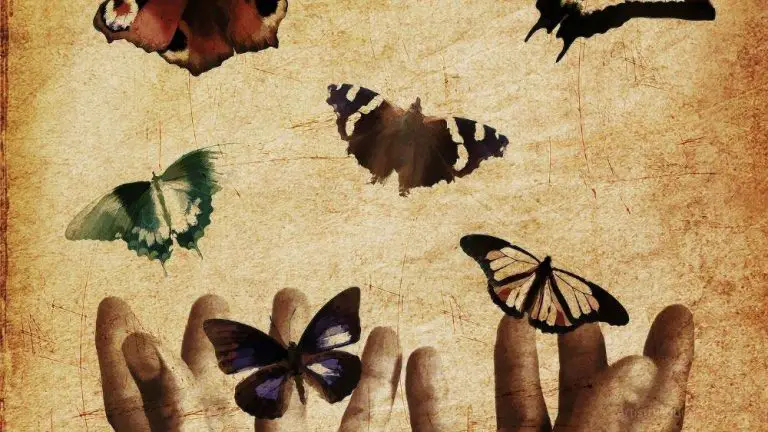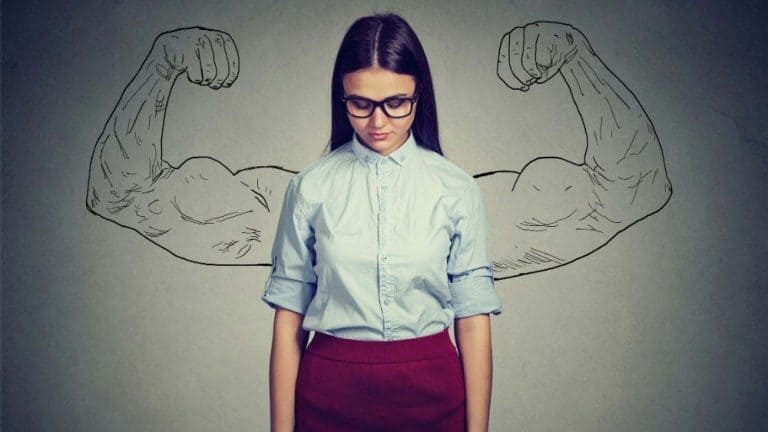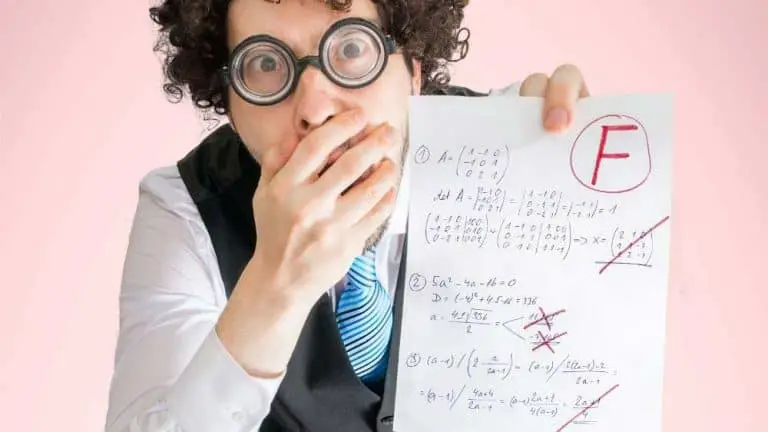Do Self-Portraits Have to Be Realistic? (With Examples!)
Have you ever noticed that many artists love to create self-portraits? A self-portrait is an expressive project that causes an artist to look inward and explore what they’re really all about. But a portrait of this nature raises the question: Do self portraits have to be realistic?
No, artistic self-portraits do not need to be realistic. There are numerous well-regarded artists throughout history who have produced abstract or simplistic self-portraits. An abstract self-portrait is about capturing a feeling or mood rather than a realistic likeness.
However, there are a few things you may want to consider when doing this type of creative project. If you are stuck without any ideas, you are invited to draw inspiration from the examples cited in the sections below.

(This article may contain affiliate links and I may earn a commission if you make a purchase)
Does My Self-Portrait Have to Be Realistic?
There are many ways to show an image of oneself. A dive into the abstract can allow an artist to convey a virtue or feeling that would otherwise not be possible with a simple self-portrait.
This is true regardless of the medium your working in. Artists’ self portraits can be created as a photograph, painting, sketch, illustration, sculpture, etc. The sky and your creativity are your only limitations.
The wide diversity of self portrait art can be found at institutions such as the Smithsonian. Take a look at what the artists at the Smithsonian Learning Lab are doing. These self-portraits are much more meaningful than just merely looking in the mirror and copying the image verbatim. A productive self-portrait is one in which the creator can look inward and consider their relation to the rest of the universe.
Realistic Self-Portraits
Of course, you can always go with a more traditional or realistic portrait approach if you wish to do so. This process often involves taking a photo, or “selfie,” of oneself and then trying to copy that image as best as you can via sketching, watercolor, or other technique. In realism, everything is taken at face value.
Gertrude Abercrombie, the artist behind Self-Portrait of My Sister, said this:
“Surrealism is meant for me because I am a pretty realistic person but don’t like all I see. So, I dream that it is changed. Then I change it to the way I want it. It is almost always pretty real.”
So Gertrude would be likely to use realism with a dash of surrealism added in to create her own realistic self portrait.
How To Approach a Self-Portrait Project
There is no right or wrong way to do a self-portrait and since you are your own subject matter, you have the luxury of time to think about how you’d like to approach your portrait. When you are in the process of thinking about what you want to do, you should ask yourself the following:
- What best describes the way that I feel?
- What kind of materials do I want to use?
- What is the point that I am trying to make? How should the audience feel?
How Can I Stylize My Self-Portrait?
If you have a hard time brainstorming ideas for a self-portrait, the following will be an excellent place to start. Below you will find a collection of self-portrait ideas that should inspire your creativity.
High-Contrast Self-Portraits
One potential way to enhance your self-portrait is to produce a high-contrast look. This type of style features a strong contrast between light and dark so that lighter portion is glowing while the shadow areas go dark and loose detail.

There are many methods for working contrast into a portrait painting, photograph or illustration:
- Warm background color and a cool color for clothing
- Create a focal point around the face by using bright colors against a darker background
- Blurring out the edges around the subject
- Contrast straight edges and curved edges
Contrast adds character to the artwork by drawing attention to specific areas. If you’re trying to make a point, it will be much more evident if you include the types of contrast you see listed above.
Focus on A Prized Possession
Many artists have found it useful to include a prized possession or memento within their self-portrait. This can be a necklace or bracelet, a family heirloom, or any other object that speaks to your identity. You need not necessarily even include any of your facial features within this portrait.
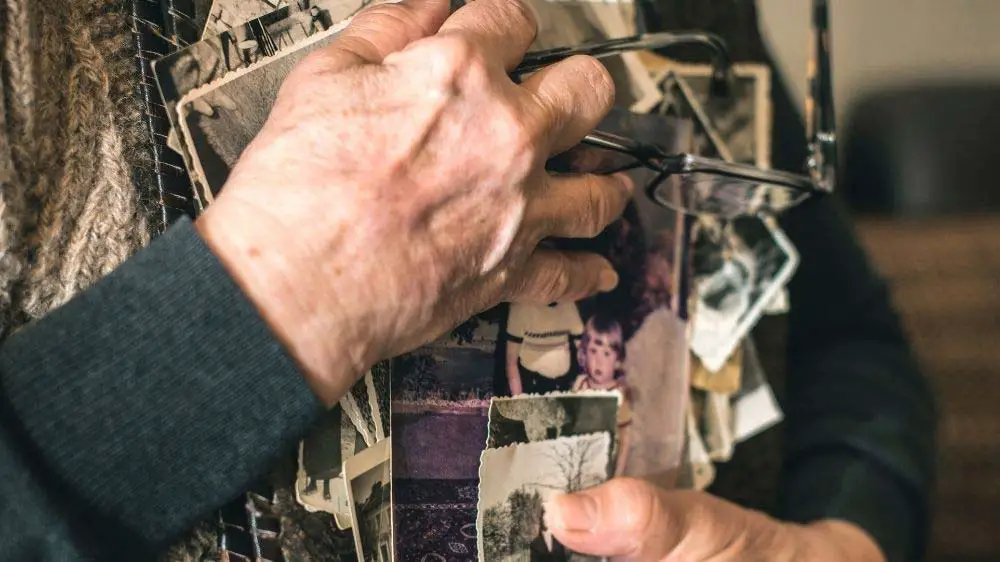
It is not unusual for artists to include what is near and dear to their hearts within their self-portraits. It makes perfect sense that they would do this. A common component of self-portraits may be a loved one or pet.
Some famous self-portraits have even included the artist’s entire family. This, of course, falls closer within the realm of realism than some of the more abstract approaches mentioned in this article.
Recall Humorous Scenes from Daily Life
Hy Mayer added a bit of amusement to his self-portrait Traveling Impressions. The portrait contains scenes from his travels all across the world.
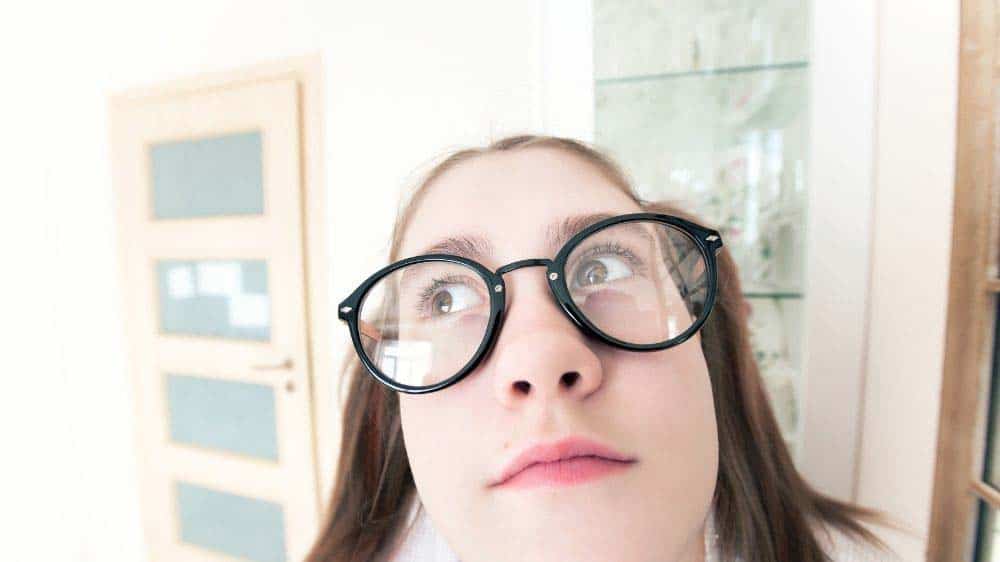
The things you have seen and the way you perceived them is an excellent way to describe who you are in a way that may be slightly exaggerated and humorous. This is the case with Travelling Impressions, where one scene showed a woman at U.S. Customs being frightened by a scarecrow.
Use Writing in Your Self-Portrait
Don’t be afraid to include text of some kind in your self-portrait. Examples of this expression may include a poem, musical verse, or quote that you feel best encapsulates your self-portrait. The possibilities are nearly endless as far as ways to incorporate the text.

One of the most unique ways to do a self-portrait is word art. In this portrait style, you are shaping an image with words. Artists who have gone this route describe it as being a good way to self-reflect.
Just make sure that the text is easily readable. You are encouraged to use paint pens, like those found here at Amazon, to physically write text on top of your self-portrait. Not only do these provide the benefit of being available in a wide array of colors, but they will also help keep the text visible, as you shouldn’t have to worry too much about fading over time.
Focus on Your Positive Attributes
When Gertrude Abercrombie painted Self-Portrait of My Sister, she wanted to create a variant of surrealism rooted in realism. She wanted to paint things the way that she thought they could be or wanted them to be. There is nothing wrong with creating a self-portrait that emphasizes your better qualities or shows who you aim to be.
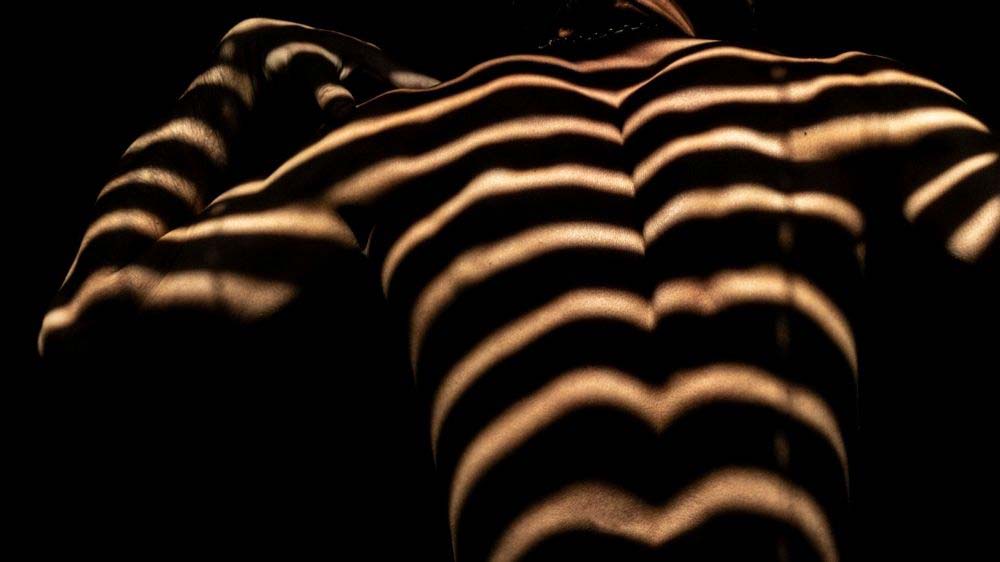
Self-portraits have the power to be therapeutic. A self-portrait project need not give the notion that physical appearance is any more important than what comes from within. It is hard for an artist to reflect on their hopes and dreams without being at least a little bit symbolic.
A Collage Self-Portrait
Collages offer the artist in you a chance to create an abstract self-portrait regardless of whether you are exceptionally talented at drawing or painting. The end product can come together nicely if you do use a little bit of acrylic paint, but it is not necessary to go overboard.
The required materials for the portrait are easy to come by:
- Construction paper
- Old magazines, newspapers, booklets that you don’t mind destroying
- Acrylic paints
This is an excellent self-portrait activity for children and beginning artists. If you teach young artists, push them to seek out images that they best feel represent them. Collages aren’t just for beginners, though, for there are plenty of examples of acclaimed self-portrait collages by reputable professionals.
Critically-acclaimed pieces in this category include the works of John Stezaker and Jesse Trace, among others, whose one-of-a-kind collages put a special spin on expressive self-portraits. You can see how even the simplest of materials can be used to convey a message.
Grid Self-Portraits
The grid-style involves the use of a bunch of tiny squares within a larger portrait. The project starts with a photograph, which is then enlarged to the size of a canvas. A grid of squares with identical dimensions and placement is then drawn both the canvas and image. The artist finishes by drawing a unique shape within each square of the grid.
From a close-up view, you will see mostly shapes, but if you take a few steps back, you should be able to decipher the original image, whether it be a portrait of your face or another self-defining photo.
The only materials that you need are:
- Colored pencils
- Rulers
- Black permanent markers
- Paints and brushes
- A photograph of yourself
- Canvas
The specific shapes drawn depends upon the artist’s sense of creativity. This type of portrait isn’t necessarily realistic, but it allows artists to create an expressive portrait without having to be particularly skilled in any category. This method can be used as a fine art activity for students of all levels, from elementary to college.
Cubist Self-Portraits
If you’re someone who likes getting creative with shapes, you will likely find joy in the cubist approach. This style echoes the creativity of famous painter Pablo Picasso, who is well-known for being the pioneer of cubism.
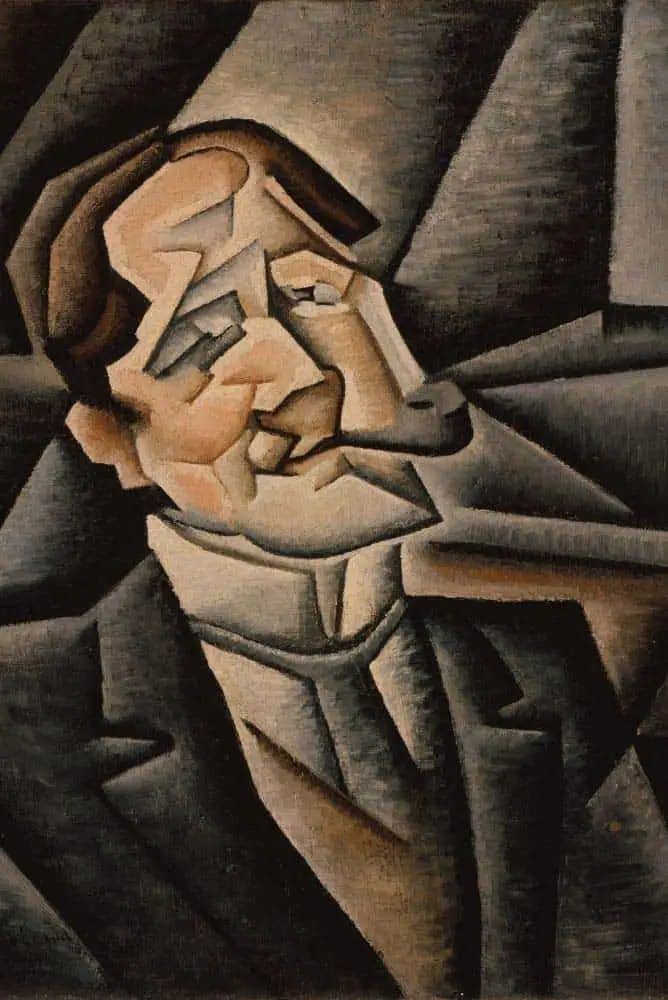
Picasso was driven to Cubism because he felt that art shouldn’t copy nature. He desired to create an image that showed his audience how to see an object rather than taking everything at its face value. Given that a true visionary like Picasso didn’t believe that a self-portrait should be realistic, neither should you.
There is no right or wrong way to do cubism. Picasso himself used geometric components and planes that sometimes would combine to make an object appear as it did in the real world. Other times he would distort figures to depict a different point of view within the same painting. For examples of cubist portraits, you are encouraged to view this page.
A nice aspect of cubism is that it can appeal to artists of a wide array of skill levels. The portrait need not be composed of many complex geometric components. A few simple shapes will do. Meanwhile, more skilled and ambitious artists can draw inspiration from Picasso and his cubist contemporaries.
Pop Art (Lichtenstein) Style
Pop art self-portraits in the style of Roy Lichtenstein are another way to create a uniquely styled portrait. This type of art is referred to as a hallmark of the Pop Art Era taking place in America in the 1950s.

Lichtenstein’s style involves the placement of colorful dots throughout the portrait. If you have ever seen old-fashioned comic book strips, then you already know a lot about what this style looks like.
- You are free to be creative as you wish, with the very first step involving you sketching your face out on the paper with a pencil.
- Next, you will trace the sketch with a black sharpie marker.
- You are encouraged to cover the illustration with various colored dots, all of the same approximate size.
This is yet another abstract self-portrait style that beginner or novice artists can appreciate. There is certainly no requirement to make the design complex. In many ways, the deviation from realism takes quite a bit of pressure off the artist’s shoulders to make things look perfect.
You can find out more about Pop Art in my article Pop Art vs Cubism here.
“Junk Drawer” Self Portrait (Found Object Art)
One of the most unique self portraiture ideas asks you to clean out your junk drawer a little bit. You can make art and take care of a little spring cleaning at the same time! Look for small pieces of hardware that can be used to make a unique self-portrait.
This may well require you to use a stronger glue capable of holding these heavier objects, or even fasteners like nails and screws. You can also use some wood boards that you have lying around that will be able to hold up the heavier objects.
This is a good method for seeing how everyday objects can be used in art. Part of the fun is that you are forced to gather materials that you already have on hand. It is an excellent activity for getting kids involved, just like this community center did with their event.
Simple Line Portraits
Art does not have to be highly detailed to be appreciated. Case in point, look at the work of Saul Steinberg, who was famous for creating simple line portraits. Copying an image in this fashion provides an opportunity for the artist to spend more time focusing on creativity and less time trying to perfect a portrait.
Steinberg’s pieces looked much like the other self-portraits above, yet their simplicity is much appreciated. You can find a few ideas for aspiring artists to take a similar approach on this page here. One exercise has the artist sketching out a portrait without even looking at the paper (see the video above).
Other exercises have students sketching a self-portrait from memory or working under some kind of limited time constraint. There are certainly times where you may overthink things.
Of course, a lot more time and effort were put into Steinberg’s works than this, but you get the point. An artist doesn’t have to spend too much time worrying about slight details when drawing a picture of themselves. It is certainly easier to be reflective when you don’t carry the burden of creating a portrait that is as detailed as a photograph.
Distorted Self-Portraits
If you were to take a photo with your phone, you would be able to run your image through one of many different downloadable apps that alters or distorts the image one way or the other. The same can be done with a painting or drawing, albeit with a little more manual labor on your part. An example of a distorted self-portrait can be seen in the work of this college student.

Distorted proportions are a common feature in the portraits of animated characters. These warped images offer a window into the artist’s creative process—what they feel and what they are trying to say. Take, for example, Max Reinhardt by Oskar Kokoschka. Max is interpreted to be in a state of anxiety. This is suggested by the furrowed brows and asymmetric eyes.
You can draw inspiration from pieces like Max Reinhardt during the brainstorming process for your own self-portrait. If it had to be 100% realistic, it would be much more difficult to express your inner thoughts, feelings, and capture your emotion accurately. Think about how hard it is to get someone to think a certain way about a photograph without altering the end product in some kind of way, whether that be a certain shot angle or a filter from a third-party app.
The Impact of Symbolism-Paul Gauguin
The self-portraits of Paul Gauguin go to show the impact of symbolism. He is famous for creating more than 40 different portraits of himself throughout his lifetime. The degree of symbolism in his pieces can be seen in his famous oil-on wood painting that was originally painted on a wooden door in France.
In the painting, there are many symbolic features:
- Two apples, one of which is ripe
- He is holding a snake in one hand.
- Two colors are used in the background: red and yellow
- There is a halo above his head
The painting appears to show the dichotomy of good and evil within the same individual. It is uniquely self-reflective to admit that you have both good and bad characteristics within the same self-portrait, but how can you show this without including at least one metaphor.

If you are looking for inspiration regarding which symbols to use, you can think about characters from your favorite films, TV series, or novels. Think about how the writers use symbolism to persuade the audience to think a certain way about a character. What would you be holding in your hand, or what objects may be seen in the background?
Conclusion
Self-portraits do not need to be realistic, and at least in my opinion, are more interesting when they aren’t. Art should never be thought to be constrained by the limitations of reality. Also, in many ways, abstract art is more realistic because it offers the audience a trip into the mind’s eye.
You may consider using one or more of the following artistic styles in your portrait:
- High Contrast
- Collages
- Symbolism
- Distorted Shapes
- Simple line sketches
- Pop Art
- A grid
- Cubism Art
- Sketches of Personal Mementos
Using these artistic styles in your next self-portrait are sure to have you learning new things about yourself, all while creating a wonderful work of art!
More From Artistry Found:



